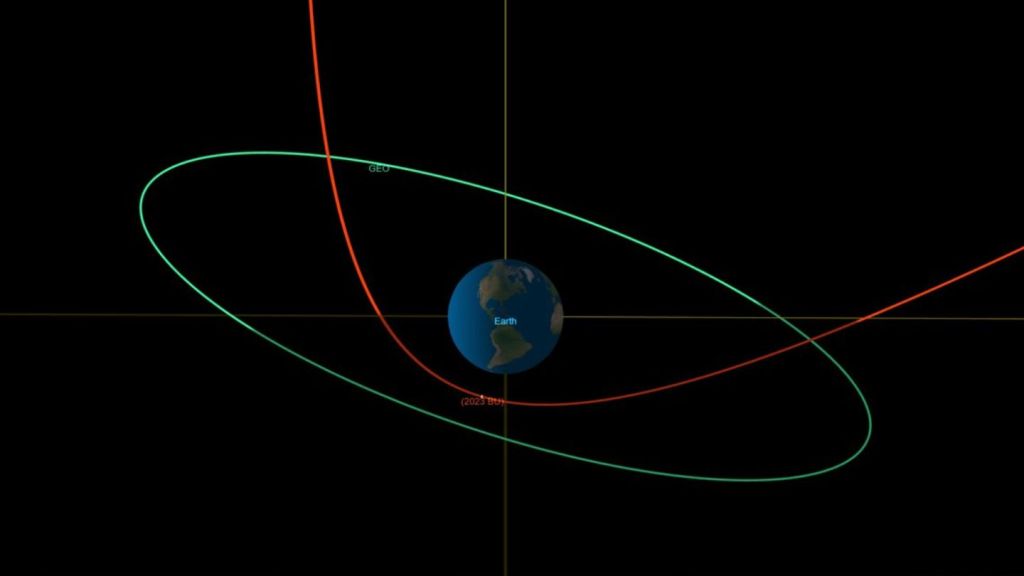Image: Murtada al Mousawy/Flickr
Last September, Spanish astronomers witnessed the biggest flash impact of a meteorite on the Moon ever recorded, and now they’ve released video footage so we can all watch the real-life lunar Deep Impact moment.
Researchers from the University of Huelva and the Institute of Astrophysics Andalusia published their observations in Monthly Notices of the Royal Astronomical Society, which reported that the meteorite in question had the mass of a small car.
Videos by VICE
Footage of the impact. Video: Jm Madiedo/Youtube
With the force it crashed into the Moon’s surface, it produced a flash “as bright as the familiar Pole Star,” that would have been visible from Earth if you happened to be looking skywards at the time. In the video, you can see this momentary eruption, with the light fading out over eight seconds.
Smaller objects hitting the Moon isn’t unusual—and this one still counts as relatively small—but catching them on film is pretty cool. The RAS explained that astronomer José M. Madiedo was operating two telescopes in the south of Spain aimed at catching these kind of events on 11 September last year, and noticed the flare at around 8pm.
Image: J. Madiedo / MIDAS
The telescopes are part of a system called MIDAS (Moon Impacts Detection and Analysis System), which automatically detect impacts with the Moon. The project is actually aimed at tracking the kinds of objects that might hit the Earth, but because small meteorites usually burn up in our atmosphere, the Moon—which doesn’t have that kind of shield—makes a good proxy for research purposes. That’s why the Moon is covered in craters from meteorite impacts, and the Earth isn’t.
“By detecting the impact of meteoroids on the Moon we can obtain additional information about the flux of interplanetary matter that impacts our planet,” the researchers explain on the MIDAS website. “This technique has one important advantage, as we can monitor a much bigger region (the Moon’s surface) than when we monitor the interaction of meteoroids with the Earth’s atmosphere.”
An explainer on the project. Video: Jm Madeido/Youtube
They put this meteorite down to between 0.6 and 1.4m wide, around 400kg in weight, and travelling at around 61,000km. It smashed into the Mare Nubium area of the Moon with an energy equivalent to the detonation of about 15 tons of TNT, and caused a crater with a diameter of about 40m. All that, they wrote in their paper, caused “the longest and brightest confirmed impact flash recorded on the Moon thus far.”
For comparison, the largest shard of the Russia-bound 2013 Chelyabinsk meteor discovered was 650kg, and that only represented a tiny fraction of the whole thing.
From their research, the scientists believe that one-metre-wide objects like the one they observed might hit the Earth ten times more often than previously thought. It’s a good job, then, that meteorites of that size burn up into fireballs before they can do any damage.



